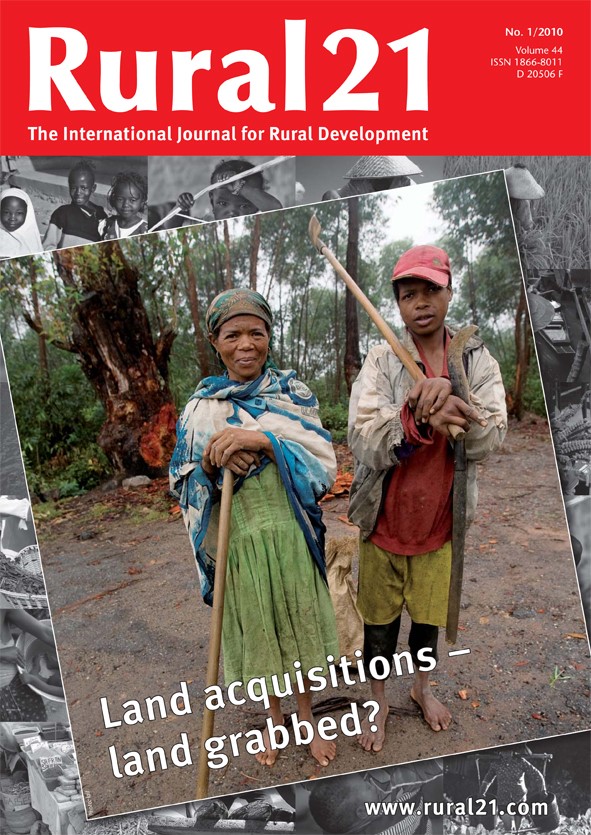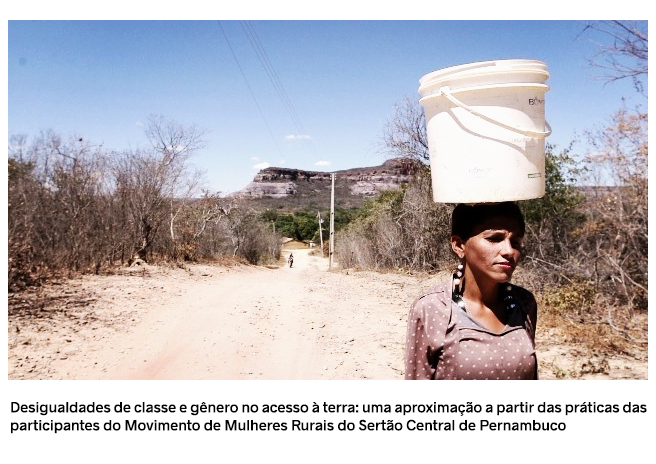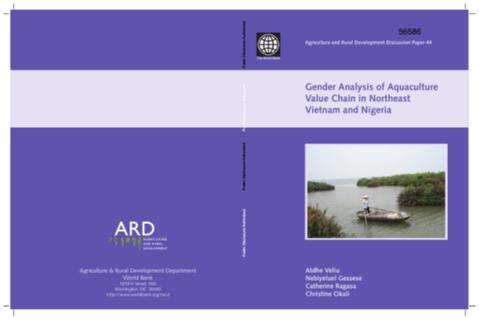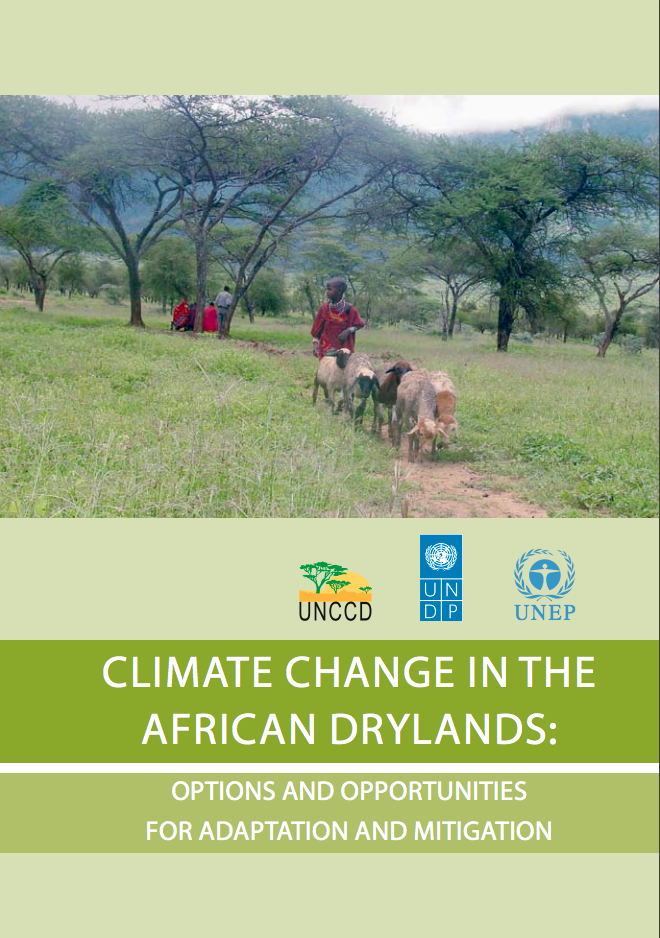Fodder for War? Getting to the Crux of the Natural Resources Crisis
Focuses on tackling land issues in post-conflict states. Root of problem is that most rural populations are little better than squatters on their own land in the eyes of the law. Remedy is to acknowledge customary land rights as equivalent to private property rights.









